Cover Image – Source: BOMBMAN
This new series PT InFocus presents to you news about public transport from around the world, including Indian cities. With governments across the globe aiming to strengthen their public transport networks, public-private partnerships are being encouraged in order to meet the resource demand. This fortnight’s InFocus focuses on such partnerships – measures being taken to invite private investments and some initiatives by PPPs.
New Metro Rail Policy approved – encourages compact urban development, multi-modal integration and private investments
In this age when Indian Cities are aspiring to develop effective mass rapid transit systems, the new Metro Rail Policy approved by the Cabinet serves as a guiding light. To encourage private investments to meet the huge demand of a metro project, the policy makes the PPP component mandatory to avail central assistance. Prior to the selection of the Metro, an Alternate Analysis evaluating other modes of mass transit like BRTS, Regional Rail, etc, has been mandated by the policy.To improve usage, the new policy seeks to ensure that States provide necessary last mile connectivity through feeder services, Non-Motorised Transport infrastructure like walking and cycling pathways and introduction of para-transport facilities. The Press Information Bureau – Govt. of India states other key points of the policy.
KTC partners with Scania: buses powered by alternate fuel ply in Goa
“Goa has always been known as India’s leading tourist hub. Our beaches, churches, and culture have attracted tourists from across the world. Now is the time to preserve the natural beauty this state is known for, by switching to non-polluting transport solutions. We are excited to partner with Scania Commercial Vehicles, and look forward to working closely with them to transition our beautiful state to a cleaner, greener and better future”, said Derick P Neto, managing director, Kadamba Transport Corporation, at the launch of the green buses on August 15, as reported in Autocar Professional.
A TRANSIT PROBLEM : DART’s focus on rail hurts those who need transit most
“Now that DART has completed the lion’s share of its light rail build-out, it’s time for the agency to focus much more on buses, at least until it can develop a service plan that adequately serves the riders who most depend on it. That means a tougher look at some of the light-rail plans already on DART’s books, and it will mean money for more buses, more stops and more routes. Without these investments, and without at least a temporary reordering of priorities, the working poor in Dallas are going to continue to have their backs up against the wall as they attempt to work themselves out of poverty. Dallas News compares ridership and other parameters to make a case for DART’s bus service.




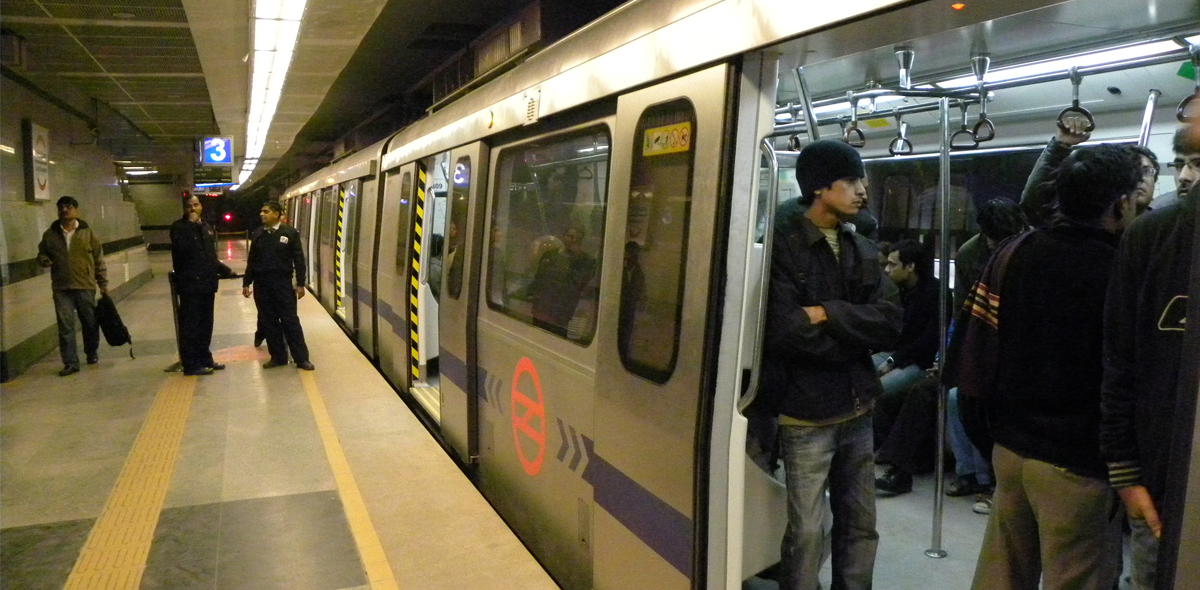
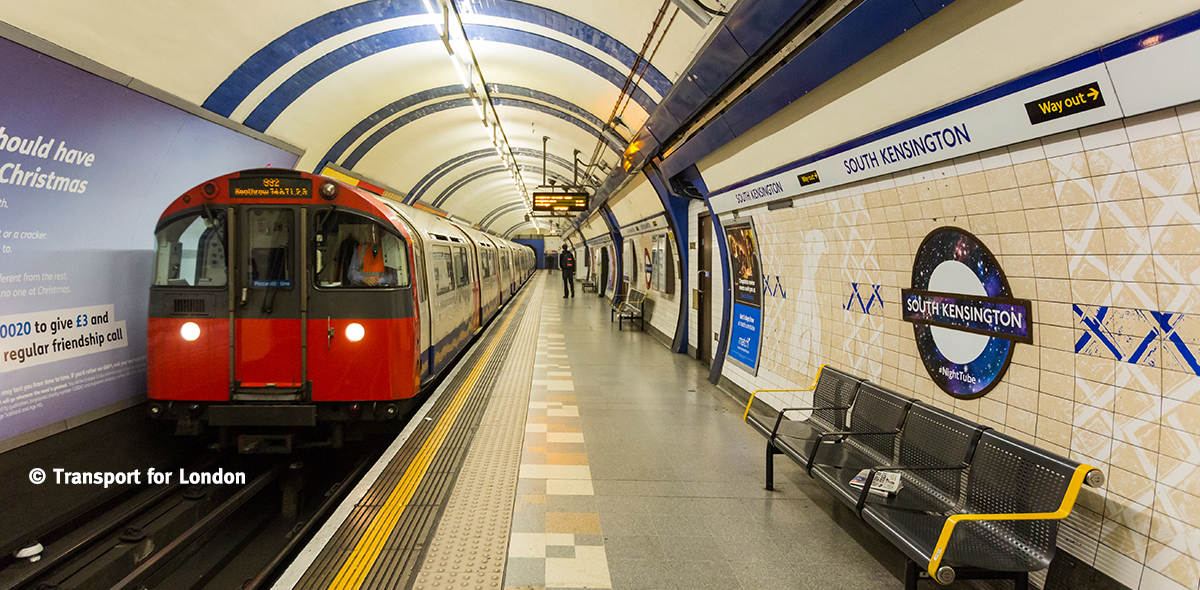



 [/one_fourth] This interview is a part of the MOBILIZE Santiago Speaker Series. In this series, we will feature interviews with researchers from VREF’s Future Urban Transport where we will discuss their work in sustainable transport and reflecting on MOBILIZE Santiago’s theme: Just and Inclusive Cities Become the New Normal. To learn more about MOBILIZE Santiago and how you can register to attend the summit in Chile, visit
[/one_fourth] This interview is a part of the MOBILIZE Santiago Speaker Series. In this series, we will feature interviews with researchers from VREF’s Future Urban Transport where we will discuss their work in sustainable transport and reflecting on MOBILIZE Santiago’s theme: Just and Inclusive Cities Become the New Normal. To learn more about MOBILIZE Santiago and how you can register to attend the summit in Chile, visit 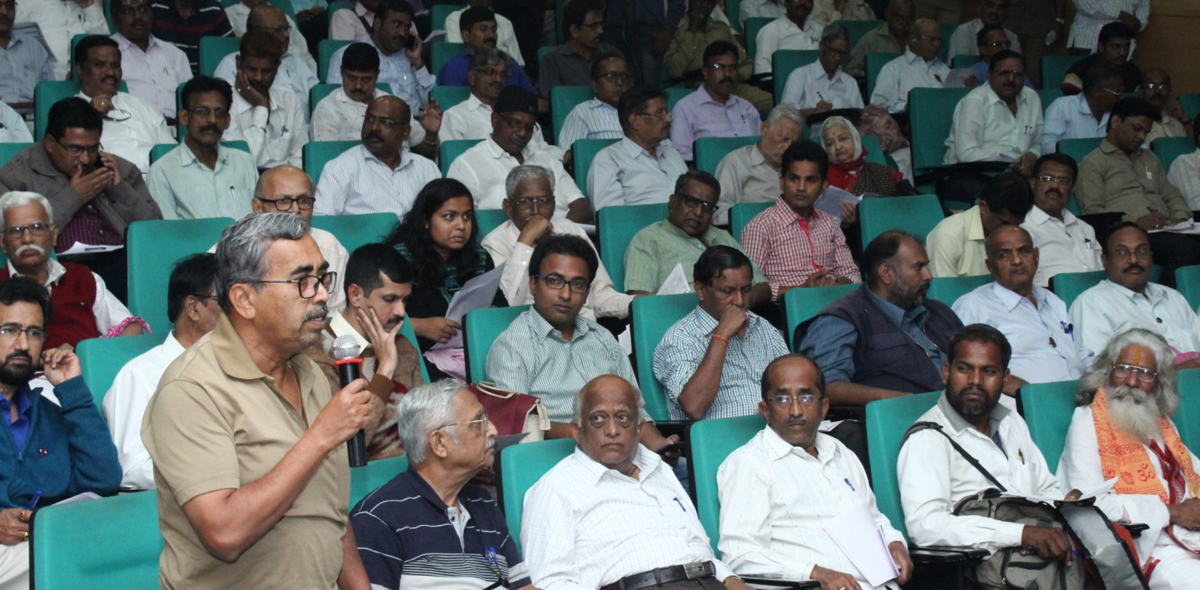



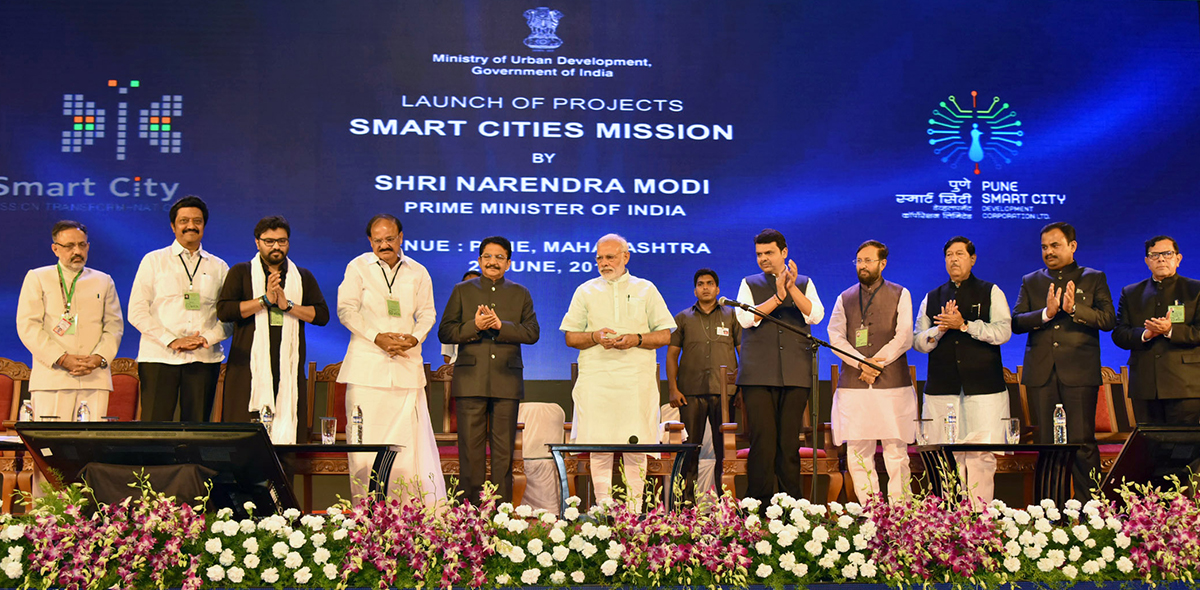












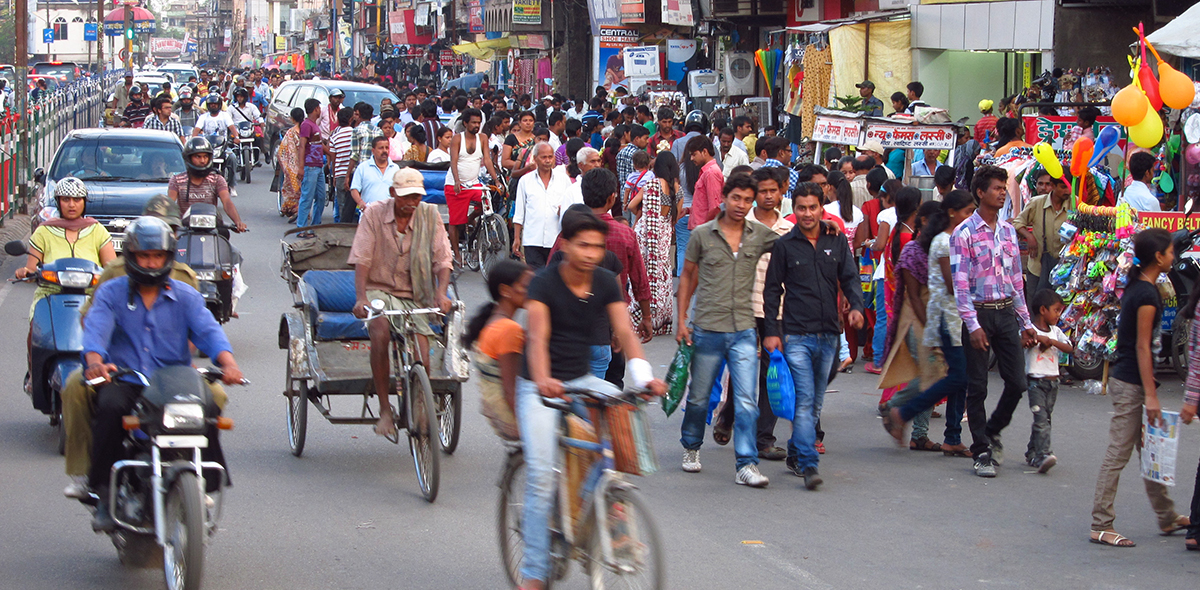






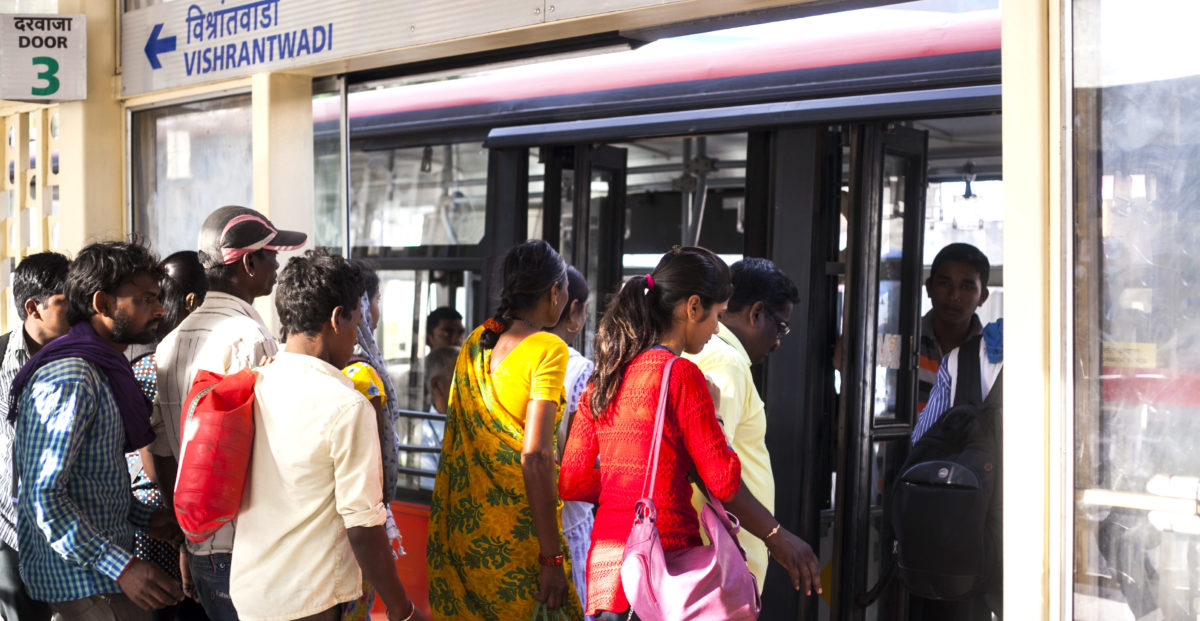



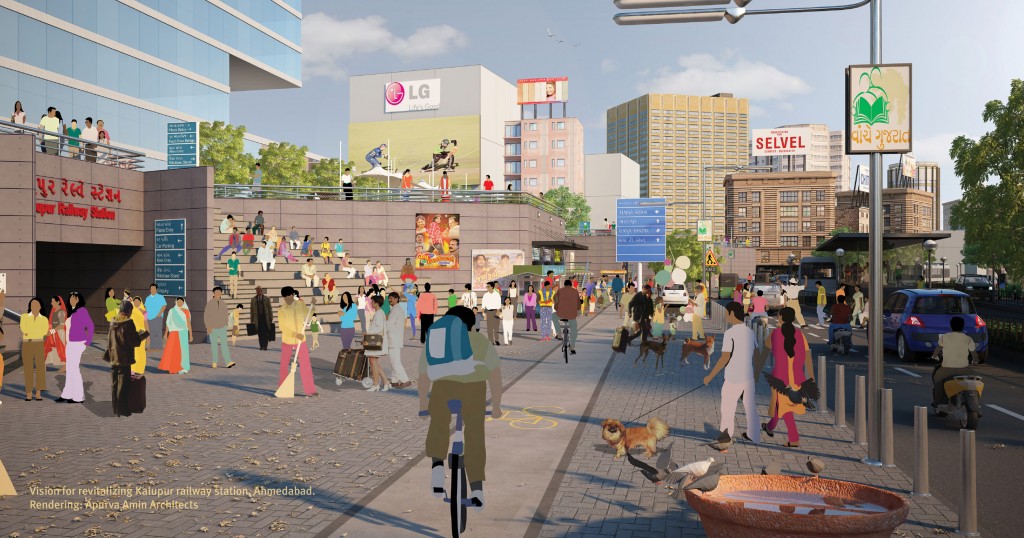





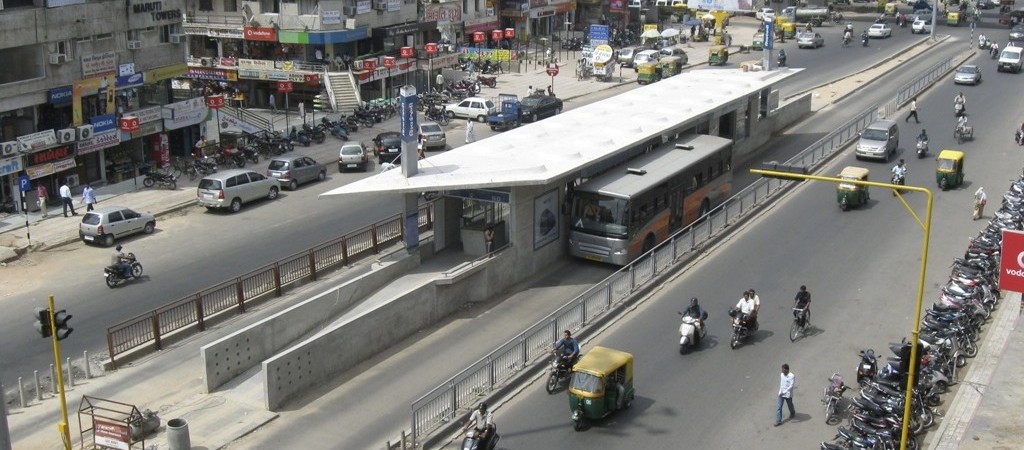




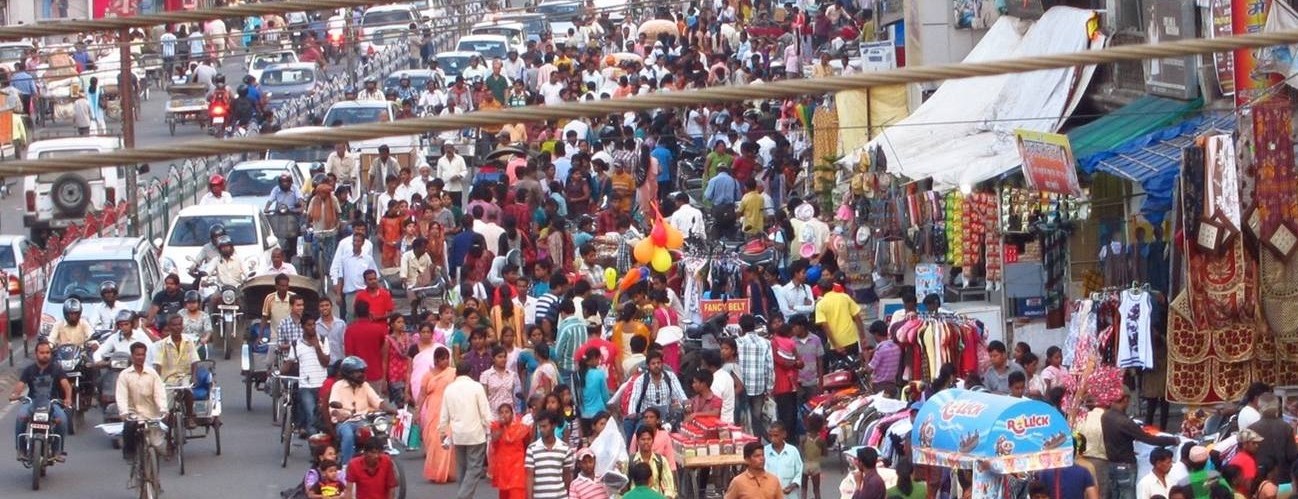





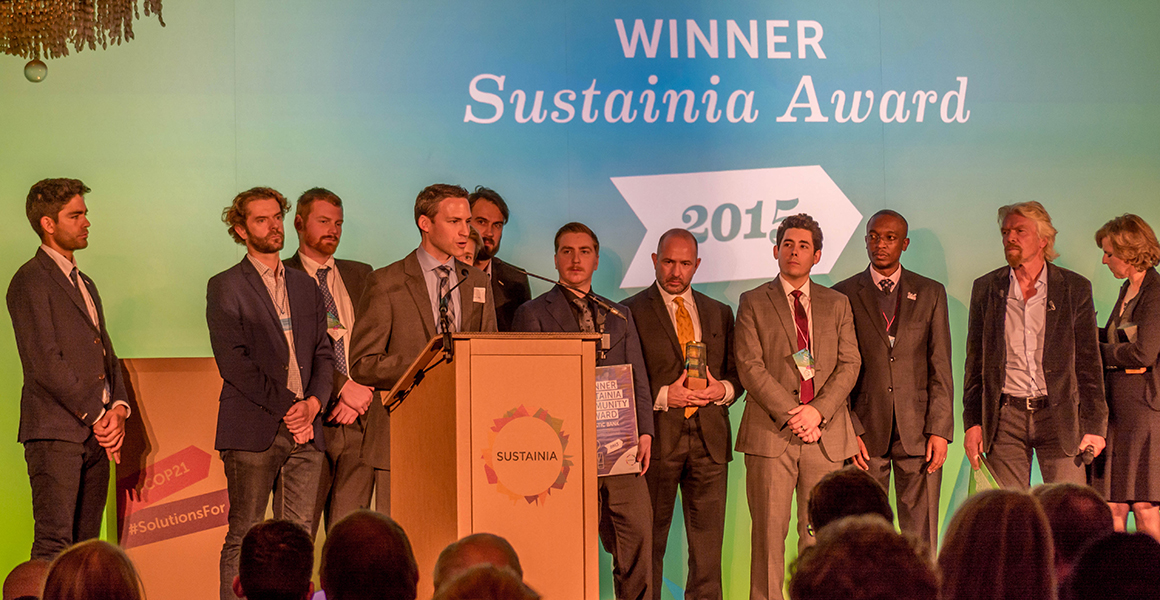
 At the Transport Initiatives Day under the Lima-Paris Action Agenda event, a range of high-ranking officials lent their weight and influence to advancing the role of transport in the global discussion, bringing increased visibility to sustainable mobility. The event featured insights from leaders in the transport sector and presentations of 10 examples of successful recent projects from around the world.
At the Transport Initiatives Day under the Lima-Paris Action Agenda event, a range of high-ranking officials lent their weight and influence to advancing the role of transport in the global discussion, bringing increased visibility to sustainable mobility. The event featured insights from leaders in the transport sector and presentations of 10 examples of successful recent projects from around the world.



